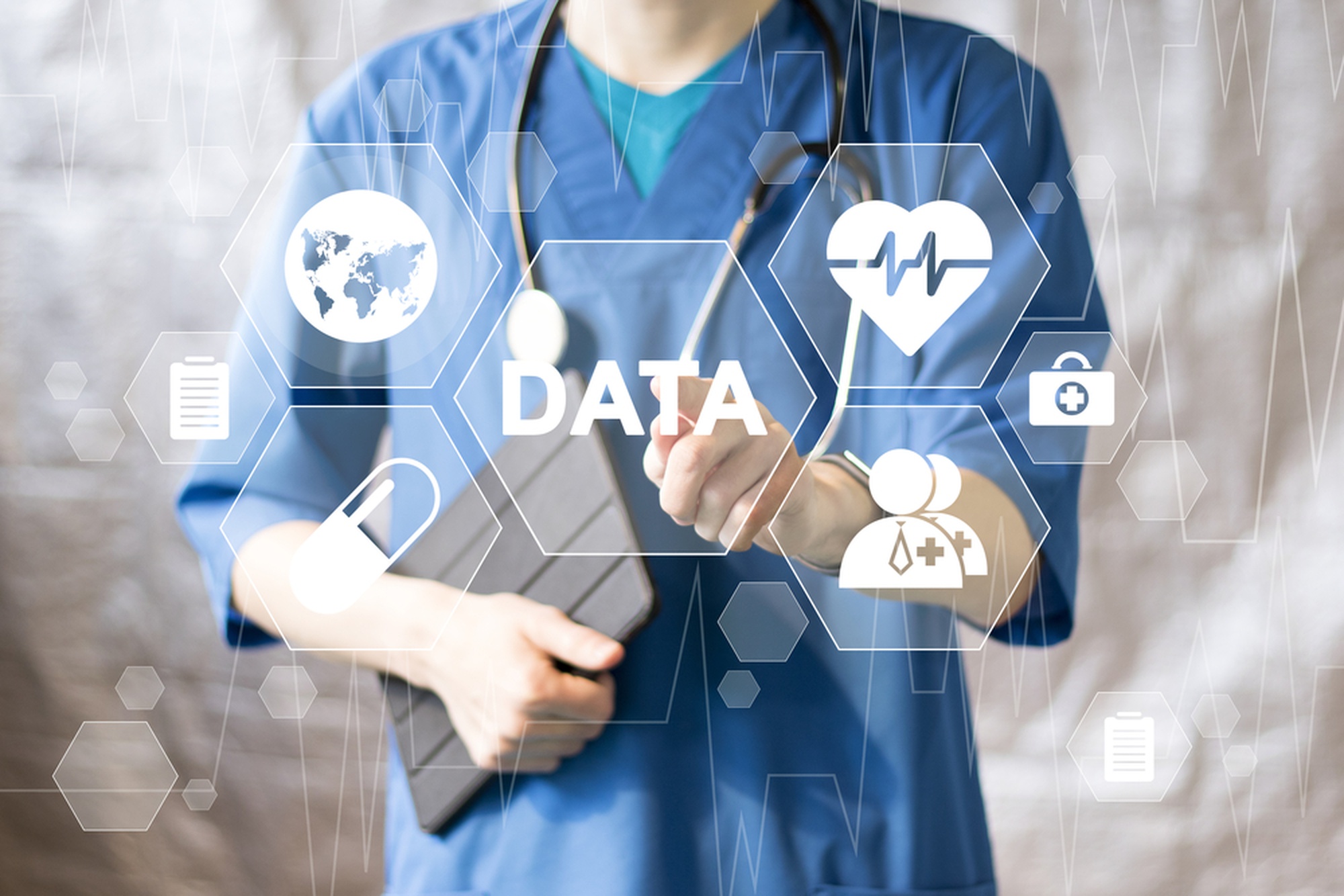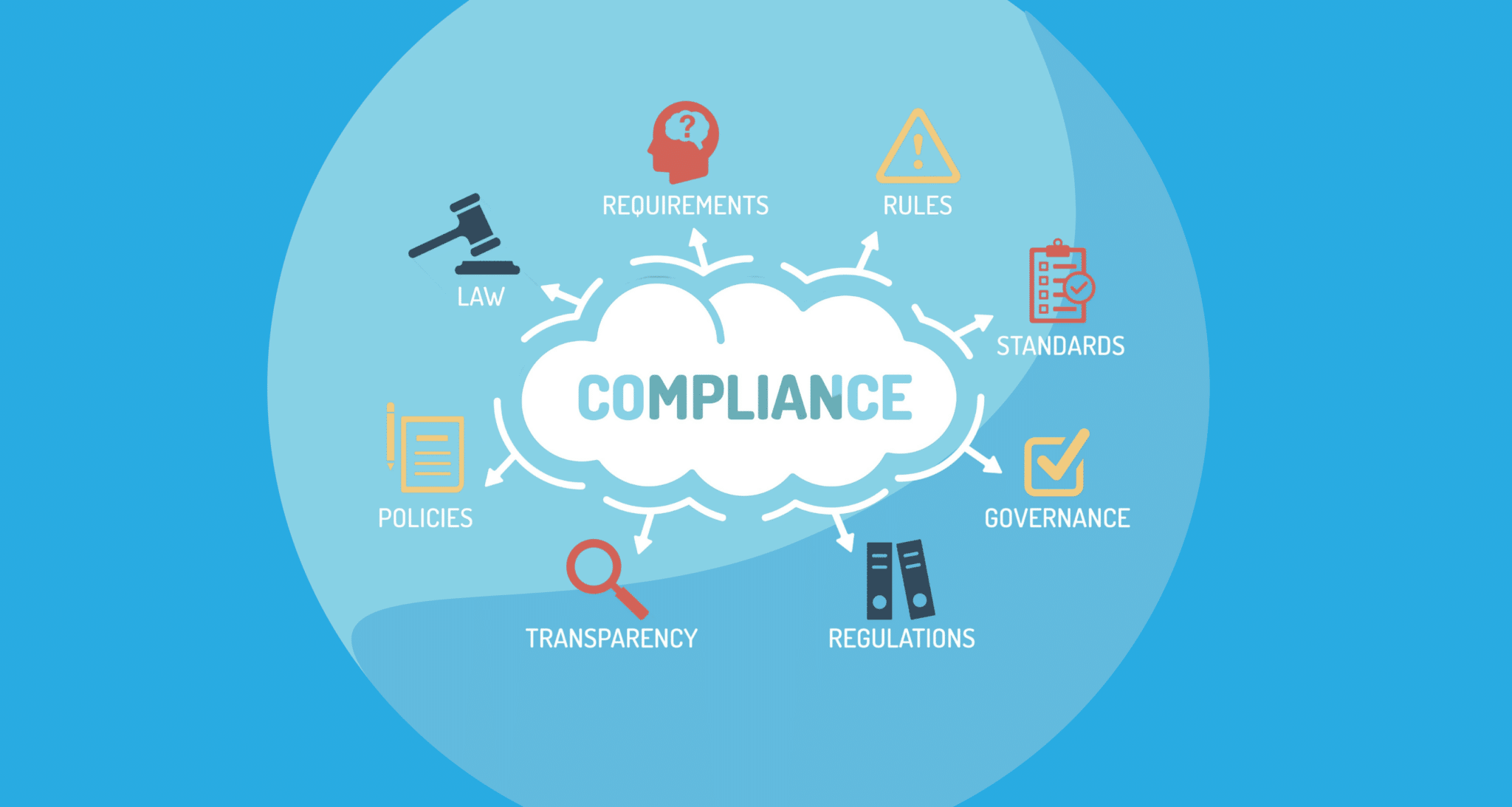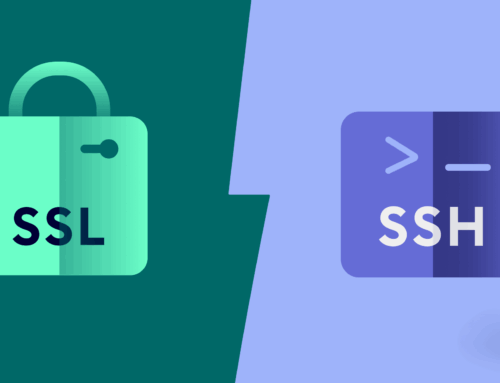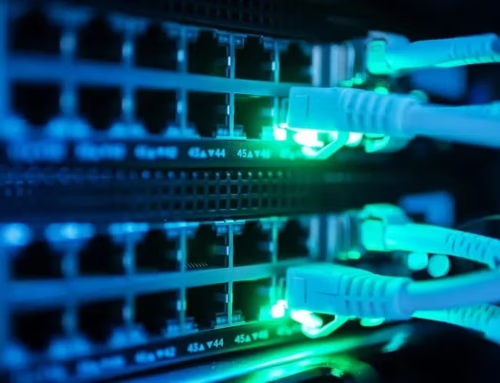
Healthcare Data Protection: Trends and Threats in 2025
Healthcare Data Cybersecurity: Data Breach Risks, Data Security Privacy & Compliance in 2025 Trends
In the rapidly evolving landscape of healthcare, the convergence of technology and patient care has brought unprecedented opportunities for efficiency and improved outcomes. However, this digital transformation has also introduced significant challenges, particularly in the realm of healthcare data cybersecurity and data protection measures. As we approach 2025, the need to safeguard sensitive patient data and maintain the integrity of healthcare systems has never been more critical. This article delves into the multifaceted aspects of healthcare data cybersecurity, exploring the prevalent data breach risks, the imperative of data security and privacy, and the evolving compliance landscape that healthcare organizations must navigate.
Overview of Healthcare Data Cybersecurity in 2025
The healthcare sector faces a unique set of cybersecurity challenges, particularly in protecting sensitive medical data. The industry’s reliance on interconnected systems and the sheer volume of sensitive patient data make it a prime target for cyber threats. In 2025, healthcare cybersecurity will be characterized by an increase in sophisticated attacks, evolving regulatory requirements, and a greater emphasis on proactive security measures for personal data. Healthcare organizations must adapt to these changes by investing in robust data protection strategies, implementing stringent data governance policies, and fostering a culture of cybersecurity awareness among healthcare professionals. We recognize the paramount importance of protecting the integrity of healthcare data.
Importance of Healthcare Data Security
The importance of healthcare data security cannot be overstated. The confidentiality, integrity, and availability of health information are essential for providing quality patient care. A healthcare data breach can have devastating consequences, including financial losses, reputational damage, and erosion of patient trust. Furthermore, compromised health records can expose patients to identity theft and other forms of fraud. Healthcare organizations must prioritize data security to ensure the continuity of healthcare services, maintain regulatory compliance, and protect the well-being of their patients. Don’t let security vulnerabilities compromise your organization’s integrity—act now to safeguard your endpoints and protect personal data.
Current Cybersecurity Threats Facing Healthcare Organizations
Healthcare organizations face a barrage of cyber threats, including ransomware attacks, phishing scams, and insider threats that jeopardize sensitive medical data. Ransomware attacks, in particular, have become increasingly prevalent, disrupting healthcare services and compromising patient data. Insider threats, whether malicious or unintentional, pose a significant risk to data security. Many healthcare organizations are also vulnerable to attacks targeting electronic health record (EHR) systems and other critical infrastructure. To combat these cyber threats, healthcare organizations must implement robust security measures, such as data encryption, access controls, and intrusion detection systems. We assure Your Infrastructure is Secure, Safe.
Emerging Trends in Healthcare Cybersecurity
Several emerging trends are shaping the future of healthcare cybersecurity. The increasing use of cloud-based services and mobile devices is expanding the attack surface, creating new vulnerabilities. The adoption of artificial intelligence (AI) and machine learning (ML) is also transforming the threat landscape, with cybercriminals leveraging these technologies to launch more sophisticated attacks. In 2025, healthcare cybersecurity will require a proactive and adaptive approach, with a focus on threat intelligence, risk assessment, and incident response. Healthcare organizations must embrace emerging technologies and innovative security solutions to stay ahead of evolving threats to data integrity. Seize this opportunity today and fortify your defenses before it’s too late!
Understanding Data Breach Risks in the Healthcare Sector
Common Causes of Healthcare Data Breaches
One of the foremost issues facing the healthcare sector in 2025 is the proliferation of data breaches. Several factors contribute to these incidents. Many healthcare organizations still grapple with outdated systems and inadequate cybersecurity protocols, creating vulnerabilities that cyber criminals readily exploit. Human error, such as failing to follow data protection policies or falling victim to phishing scams, remains a significant cause of data breaches. Insider threats, whether malicious or unintentional, also pose a substantial risk to health data. Insufficient employee training, weak password management, and inadequate access controls contribute to these breaches. As the evolving threat landscape grows, healthcare organizations must proactively address these root causes to fortify their defenses and comply with stringent regulatory requirements.
Impact of Data Breaches on Patient Data and Healthcare Organizations
The impact of a data breach on patient data and healthcare organizations can be devastating. A healthcare data breach not only compromises sensitive patient data, but also disrupts healthcare services, potentially jeopardizing patient care. Patients may suffer from identity theft, financial losses, and emotional distress. Healthcare organizations face substantial financial penalties, legal repercussions, and reputational damage. A data breach can erode patient trust, leading to a loss of business and a decline in patient satisfaction. Compliance with regulations such as HIPAA and GDPR is critical, and breaches can result in significant fines and sanctions. Robust data security measures are essential to mitigate these risks and protect both patient data and the viability of healthcare organizations.
Data Breach Reports: Analyzing Recent Trends
Analyzing recent data breach report trends provides valuable insights into the evolving nature of cyber threats and the vulnerabilities that healthcare organizations face. The healthcare industry continues to be a prime target for cyber attacks, with data breaches becoming more frequent and sophisticated. Ransomware attacks remain a persistent threat, disrupting healthcare services and compromising patient data. Data breach reports reveal that insider threats and human error contribute significantly to many healthcare data breaches, underscoring the need for enhanced security awareness training and robust data governance policies. By examining these trends, healthcare organizations can identify vulnerabilities, refine their data protection strategies, and proactively mitigate emerging threats to protect sensitive healthcare data and ensure regulatory compliance.
Compliance and Regulatory Requirements for Healthcare Organizations
HIPAA Compliance and Its Importance
In the ever-complex landscape of healthcare, Health Insurance Portability and Accountability Act (HIPAA) compliance stands as a cornerstone for healthcare organizations. This federal law mandates the protection of sensitive patient data, known as protected health information (PHI), and failure to adhere to its regulations can result in severe penalties, financial repercussions, and reputational damage. The significance of HIPAA compliance extends beyond mere legal obligation; it fosters trust between healthcare providers and patients, ensuring that healthcare data is handled with the utmost care and confidentiality. As we navigate toward 2025, strengthening and understanding compliance remains crucial to preserving patient privacy and maintaining the integrity of healthcare services. HIPAA plays a vital role in cybersecurity in healthcare.
Regulatory Challenges in the Healthcare Industry
The healthcare industry faces a myriad of regulatory challenges that complicate the landscape of data security and compliance. Navigating these complex regulations demands meticulous attention to detail and a proactive approach to data protection. The evolving threat landscape presents a continuous challenge as cyber criminals devise increasingly sophisticated methods to breach healthcare systems and compromise health information. Healthcare organizations must adapt their security strategies to stay ahead of these emerging threats and safeguard sensitive patient data. Compliance with regulations such as HIPAA and the General Data Protection Regulation (GDPR) requires ongoing vigilance and investment in robust data security measures. We assure Your Infrastructure is Secure, Safe.
Best Practices for Achieving Compliance in Healthcare Data Security
Achieving compliance in healthcare data security requires a multi-faceted approach that integrates robust security measures, proactive risk management, and continuous monitoring. Healthcare organizations must implement comprehensive data governance policies that define how healthcare data is collected, stored, accessed, and shared. Data encryption, access controls, and intrusion detection systems are essential tools for safeguarding sensitive healthcare data. Regular security audits and risk assessments can help identify vulnerabilities and ensure that security measures are effective. Employee training is also crucial to instill a culture of cybersecurity awareness and ensure that healthcare professionals understand their roles in protecting patient data. By implementing these best practices, healthcare organizations can strengthen their defenses against cyber threats and maintain regulatory compliance in 2025. Seize this opportunity today and fortify your defenses before it’s too late!
Protecting Patient Data: Strategies and Solutions
Risk Management Approaches for Healthcare Providers
Effective risk management is paramount for healthcare providers seeking to protect patient data and maintain compliance in 2025. A comprehensive risk assessment should be the foundation of any data protection strategy, identifying potential vulnerabilities within healthcare systems and processes. Healthcare organizations must prioritize the implementation of strong access controls, ensuring that only authorized personnel can access Protecting sensitive data is essential for maintaining trust in healthcare systems and ensuring data integrity.. Regular security audits are essential to detect and address weaknesses in data security protocols. Furthermore, incident response plans should be developed and tested to minimize the impact of a data breach. By proactively managing cyber risks, healthcare organizations can enhance their cybersecurity posture and safeguard patient data.
Technological Solutions for Data Protection
Technological advancements offer robust solutions for data protection within the healthcare sector. Healthcare organizations can leverage advanced firewalls to prevent unauthorized access to their networks, bolstering their cybersecurity defenses. Robust endpoint security solutions, such as those offered by Teamwin Global Technologica, provide a critical layer of data security Safeguarding devices from data loss is crucial in maintaining the integrity of healthcare records. cyber threats. Privileged access management (PAM) solutions help control and monitor access to critical systems, reducing the risk of insider threats. Enterprise CCTV and biometric systems enhance physical security, complementing digital security measures. TeamWin offers enterprise AI-driven next-generation firewalls and real-time Dark Web monitoring, as well as a tool designed to safeguard endpoints by managing local admin privileges. The right technology can mitigate the risk of a data breach. With Teamwin Global Technologica, organizations can enhance their data protection measures against emerging threats. healthcare organizations must ensure that they have security.
Training and Awareness Programs for Staff
Effective training and awareness programs are essential for cultivating a culture of cybersecurity within healthcare organizations. Healthcare professionals Healthcare professionals must be educated about the importance of data management and data integrity. data privacy and their roles in protecting sensitive patient data. Training should cover topics such as phishing awareness, password security, and proper handling of health information. Regular simulated phishing exercises can help employees identify and avoid cyber threats. A robust security awareness program should also address the risks associated with insider threats, emphasizing the importance of reporting suspicious activity. By investing in training and awareness, healthcare organizations can empower their staff to be active participants in data protection, reducing the risk of a data breach.
Future of Healthcare Cybersecurity: 2025 and Beyond
Predicted Cyber Threats and Vulnerabilities
Looking ahead to 2025 and beyond, healthcare cybersecurity will face increasingly sophisticated cyber threats. Advanced persistent threats (APTs) and state-sponsored attacks will become more common, targeting critical healthcare data and medical records. healthcare systems. The rise of the Internet of Medical Things (IoMT) will expand the attack surface, creating new vulnerabilities for cybercriminals to exploit, particularly targeting healthcare records. Ransomware attacks will likely remain a persistent threat, disrupting healthcare services and compromising patient data. Insider threats, both malicious and unintentional, will continue to pose a significant risk to data security. Healthcare organizations must Healthcare organizations must proactively address these emerging threats by investing in advanced threat detection and prevention technologies to protect personal data. Anticipate and mitigate cyber risks through vigilant monitoring and swift response strategies.
Innovations in Healthcare Data Security
Innovations in technology are paving the way for enhanced healthcare data security in 2025 and beyond. Artificial intelligence (AI) and machine learning (ML) are being leveraged to detect and respond to cyber threats in real-time, providing proactive data protection. Blockchain technology offers the potential to enhance the security and integrity of health records. Federated learning enables healthcare organizations to share threat intelligence and improve their collective cybersecurity posture. Homomorphic encryption allows data to be processed without decryption, preserving data privacy. As these innovations mature, they will play an increasingly important role in safeguarding sensitive patient data and maintaining the integrity of healthcare systems.
Preparing for the Future: Recommendations for Healthcare Organizations
To prepare for the future of healthcare cybersecurity, healthcare organizations must adopt a proactive and adaptive approach. Investing in robust data protection Implementing advanced firewalls and intrusion detection systems is essential for the protection of sensitive medical data. Implementing strong access controls and data encryption measures can help prevent unauthorized access to healthcare records. patient data. Regular security audits and risk assessments are crucial for identifying vulnerabilities and ensuring that security measures are effective. Healthcare organizations must also foster a culture of cybersecurity awareness among their staff, providing ongoing training and education. By taking these steps, healthcare organizations can strengthen their defenses against emerging threats and protect patient data in 2025 and beyond. Don’t let security vulnerabilities compromise your organization’s integrity—act now to safeguard your endpoints.
5 Surprising Facts About Healthcare Data Protection Trends and Threats in 2025
- Many healthcare organizations will adopt AI-driven security solutions to predict and mitigate data breaches before they occur.
- Ransomware attacks on healthcare systems will increase by over 50%, prompting stricter regulations and compliance measures.
- Telehealth platforms will become prime targets for cybercriminals, leading to a surge in security investments for these services.
- Data privacy will become a key differentiator for healthcare providers, with patients increasingly choosing providers based on their data protection policies.
- Quantum computing advancements will challenge traditional encryption methods, necessitating the development of new security standards in the healthcare sector.
What are the emerging trends in healthcare data protection for 2025?
In 2025, emerging trends in healthcare data protection will focus on advanced data security measures, including enhanced data encryption methods and real-time data monitoring. Healthcare organizations must prioritize compliance with regulations like HIPAA and the General Data Protection Regulation (GDPR) to protect sensitive patient data and ensure data integrity.
What are the most significant threats to healthcare data in 2025?
The most significant threats to healthcare data in 2025 include ransomware attacks, insider threats, and evolving cyber threats targeting healthcare organizations. These threats pose risks to patient care and the security of protected health information, making it crucial for healthcare providers to implement robust cybersecurity strategies.
How can healthcare organizations ensure compliance with data privacy regulations?
Healthcare organizations can ensure compliance with data privacy regulations by conducting regular risk assessments and implementing comprehensive cybersecurity policies. Organizations must train healthcare professionals on data protection practices and establish clear protocols for data sharing and management to mitigate risks associated with a data breach.
What role does risk management play in healthcare cybersecurity?
Risk management plays a critical role in healthcare cybersecurity by identifying potential vulnerabilities and implementing measures to protect sensitive data. By analyzing threats and establishing a proactive risk assessment strategy, healthcare entities can better safeguard patient data and minimize the cost of a data breach.
What cybersecurity measures should healthcare providers adopt in 2025?
Healthcare providers should adopt a mix of cybersecurity measures, including data encryption, multi-factor authentication, and regular security audits. Additionally, they must stay updated on emerging threats and invest in advanced technologies to enhance data protection and maintain the confidentiality of health records.
What are the challenges facing healthcare organizations in protecting patient data?
Challenges facing healthcare organizations in protecting patient data include the increasing sophistication of cyber threats, the vast amounts of data processed daily, and the need for seamless data exchange among healthcare networks. Organizations must develop comprehensive strategies to address these challenges while ensuring data privacy and security.
How can healthcare organizations respond to a data breach?
In the event of a data breach, healthcare organizations should have a response plan that includes immediate containment actions, notification of affected patients, and compliance with regulatory reporting requirements. Conducting a thorough investigation to understand the breach’s nature is essential for preventing future incidents.
What is the impact of data sharing on healthcare security?
Data sharing plays a crucial role in improving healthcare services but also poses risks to healthcare security. Organizations must implement strict data governance policies and utilize secure data exchange protocols to protect sensitive healthcare data while facilitating collaboration among healthcare professionals.
How can healthcare organizations protect against insider threats?
Healthcare organizations can protect against insider threats by fostering a culture of security awareness and implementing strict access controls. Regular training on data privacy and security for employees can help mitigate risks associated with insider threats while ensuring that sensitive patient data remains secure.










